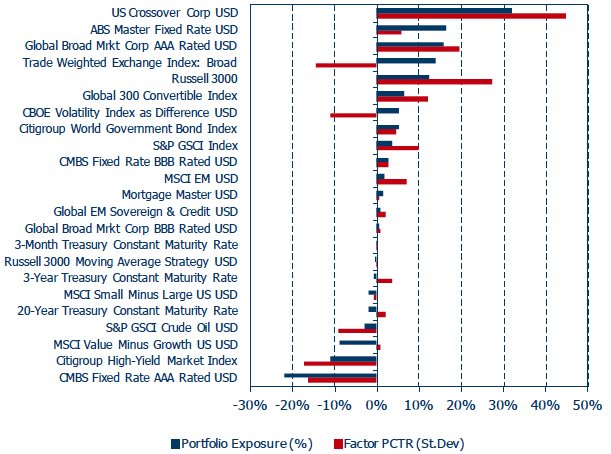(November 25, 2013) — Core assets, such as regulated utilities and transport, in developed markets are set to dominate investors’ infrastructure portfolios for the next two years, according to Deloitte.
The business advisory firm interviewed 22 funds and direct investors representing 50% of London’s infrastructure investor community, and found energy and water distribution plants will continue to be popular over the next 24 months.
The survey also showed investors preferred to put their money into “safe haven” countries, such as the UK, Germany, and Scandinavia, and are now shying away from infrastructure assets in emerging markets such as China and India.
European pension funds have led the way in this space. PensionDenmark agreed an historic deal earlier this month with an Abu Dhabi-based energy company to acquire 40% of a Dutch gas pipeline system for $240 million.
Elsewhere in Denmark, ATP and PFA Pension partnered with investment bank Goldman Sachs to boost share capital in local energy giant DONG.
Deloitte’s report found returns for the assets remained strong in 2013 with 70% of infrastructure investors are achieving or exceeding targeted internal rates of return.
David Scott, partner in Deloitte’s infrastructure M&A team, said: “The key to funds’ strong performance in recent years has been a significant investment of resource in dedicated asset management teams as they look to improve their performance through value enhancement.”
Indeed, 41% of infrastructure funds told Deloitte they had recruited dedicated asset management teams, typically comprising more than a third of their total workforce, showing a trend towards boosting internal expertise.
There were some concerns on the horizon however. Jason Clatworthy, partner in Deloitte’s infrastructure M&A team, warned that while Western Europe, North American, and Australasian assets were likely to prove popular for the short term, there was a growing problem around the lack of new assets coming to market.
And Scott noted the regulatory and political risks surrounding these investments continued to worry investors.
“These have become harder to navigate in the past few years and the expectation is for regulatory regimes, especially in Europe, to become more challenging to predict in the coming years,” he said.
“Infrastructure as an asset class has performed strongly and has stood up to its name, providing stable, secure returns. How investors can innovate and differentiate themselves in an increasingly competitive market will be crucial in the coming years.”
Deloitte’s 2013 infrastructure report can be found here. You can also read Deloitte’s two previous surveys, completed in 2007 and 2010, here and here respectively.
Related Content: Norway: The Problems (and Some Solutions) for Infrastructure Investors and USS Pilots New Investment into Heathrow Airport

